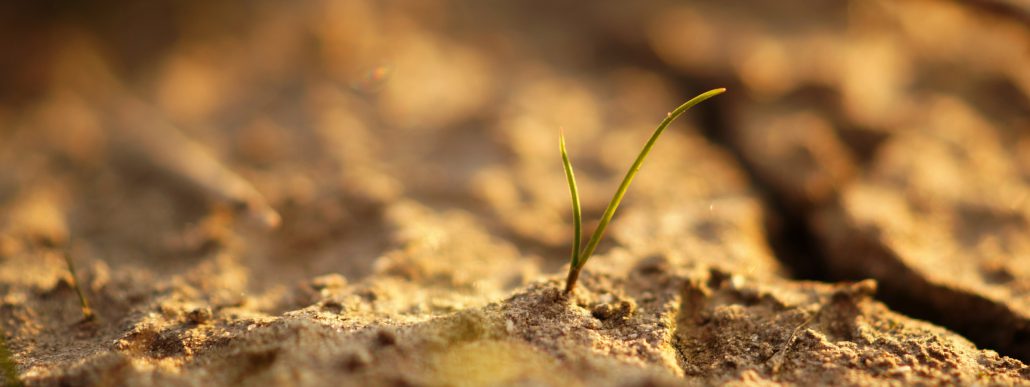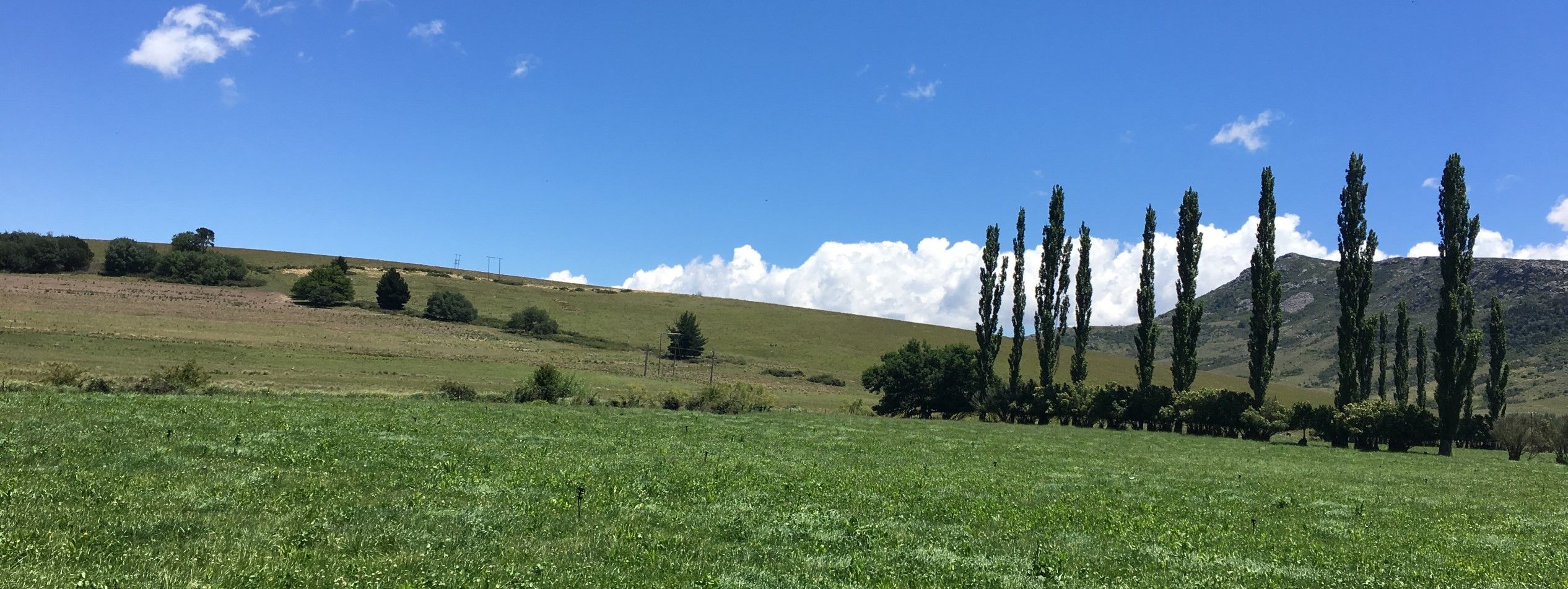Soil degradation is one of the greatest limiting factors and risks in ensuring the increase in agricultural production necessary to provide food security for the continually growing global population. The most prominent degradation processes which are making our soil less productive are loss of soil carbon, erosion, decrease and imbalance in soil fertility, acidification, salinisation and loss of soil biodiversity. This degradation has largely been brought about by the misuse of soil, the mismanagement of land and climate change1. It is hard to deny the direct role that agriculture has played in this. Rather than dwelling on the negative aspect of degradation, which I believe are widely discussed and relatively well understood, I would prefer to focus on the strategies and opportunities which are available to farmers in restoring the soil.
In his enlightening paper, Restoring soil quality to mitigate soil degradation, Lal (2015) proposes three main strategies with which farmers can restore soil, and mitigate the risks of further degradation. All three of these strategies are interlinked, as the soil is a dynamic and complex organism with many intertwined interactions, but I will discuss each one consecutively below:
Reducing losses from the pedosphere
The pedosphere is the outermost layer of the earth. It is made up of soil. In the process of soil restoration, it is of utmost importance that soil particles, especially top soil containing organic carbon and essential plant nutrients, are not lost from the pedosphere. The main processes of loss are through wind and water erosion. Bare and barren soil, especially brought about through excessive tillage and overgrazing, is subject to erosion. Ensuring soil cover is maintained, through cover crops, perennial crops and/or mulch, is an important consideration in limiting these losses.
Creating a positive soil carbon budget, and enhancing soil biodiversity
Soil carbon is integral to soil health. The importance of soil carbon has been discussed in numerous blogs on the Trace & Save website (e.g. Carbon farming: Regenerative agriculture at work; Soil, where carbon belongs). In short, increased soil carbon contributes to improving the structure of the soil, significantly improving the capacity of the soil to hold water, improving the soil’s nutrient holding capacity and increasing soil life activity. For these reasons, adequate soil carbon levels are an important component of a high quality, productive soil. In order to restore soil quality, it is important that farmers have a positive soil carbon budget, meaning that they are building, rather than losing soil carbon. Methods to build soil carbon were discussed in the blog, So how do you actually go about building carbon in soil?
As mentioned, soil carbon is associated with soil life and activity. Not only is it important to have an active soil life, restoring soil quality relies on a diverse and abundant soil life. The Soil food web series on the Trace & Save blog page gives a comprehensive overview of all the important soil organisms making up a biodiverse, healthy, productive soil food web. Minimising soil disturbance and increasing crop diversity are key practices which contribute to enhancing soil biodiversity.
Strengthening water and elemental cycling
Water is imperative to life. This is true in the soil for both soil life and the plants which grow from the soil. In association with the point above about soil carbon, is the necessity for soil quality restoration to include the improvement of the soil’s ability to hold and cycle water. The structure of the soil influences this, as well as the fertility. Soils which are high in salts (e.g. sodium and magnesium) make the cycling of water between the soil and plants very challenging. Mineral elements in the soil are also cycled through the movement of water, as these minerals are dissolved in water. Integrated nutrient management is therefore an important practice contributing to soil restoration. Soil which is unable to store water also contributes to leaching, which leads to the loss of minerals from the pedosphere. Practices which contribute to building soil carbon also contribute to improving soil water storage.
The importance of mitigating soil degradation and restoring soil quality cannot be overstated. Sustainable agricultural production is completely reliant on this happening. Each and every farmer has the opportunity to decide whether they implement practices which are going to contribute to restoration, or continued degradation. The choice is yours, we implore you to choose wisely.
References:
- Lal R. 2015. Restoring soil quality to mitigate soil degradation. Sustainability 7:5875-5895.
- A carbon footprint assessment for pasture-based dairy farming systems in South Africa - 2024-02-07
- What progress have farms participating with Trace & Save made over the past 10 years? - 2023-09-06
- Carbon footprint reduction over time: Lessons from pasture-based dairy farms in South Africa - 2023-09-04



